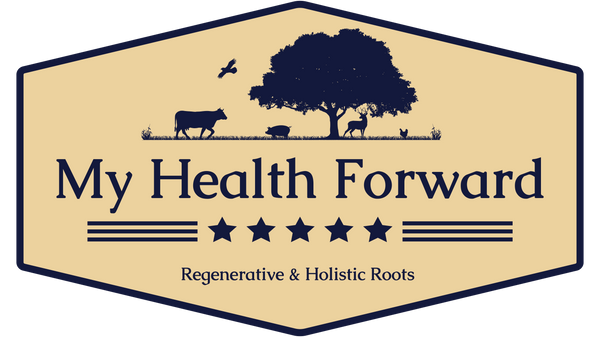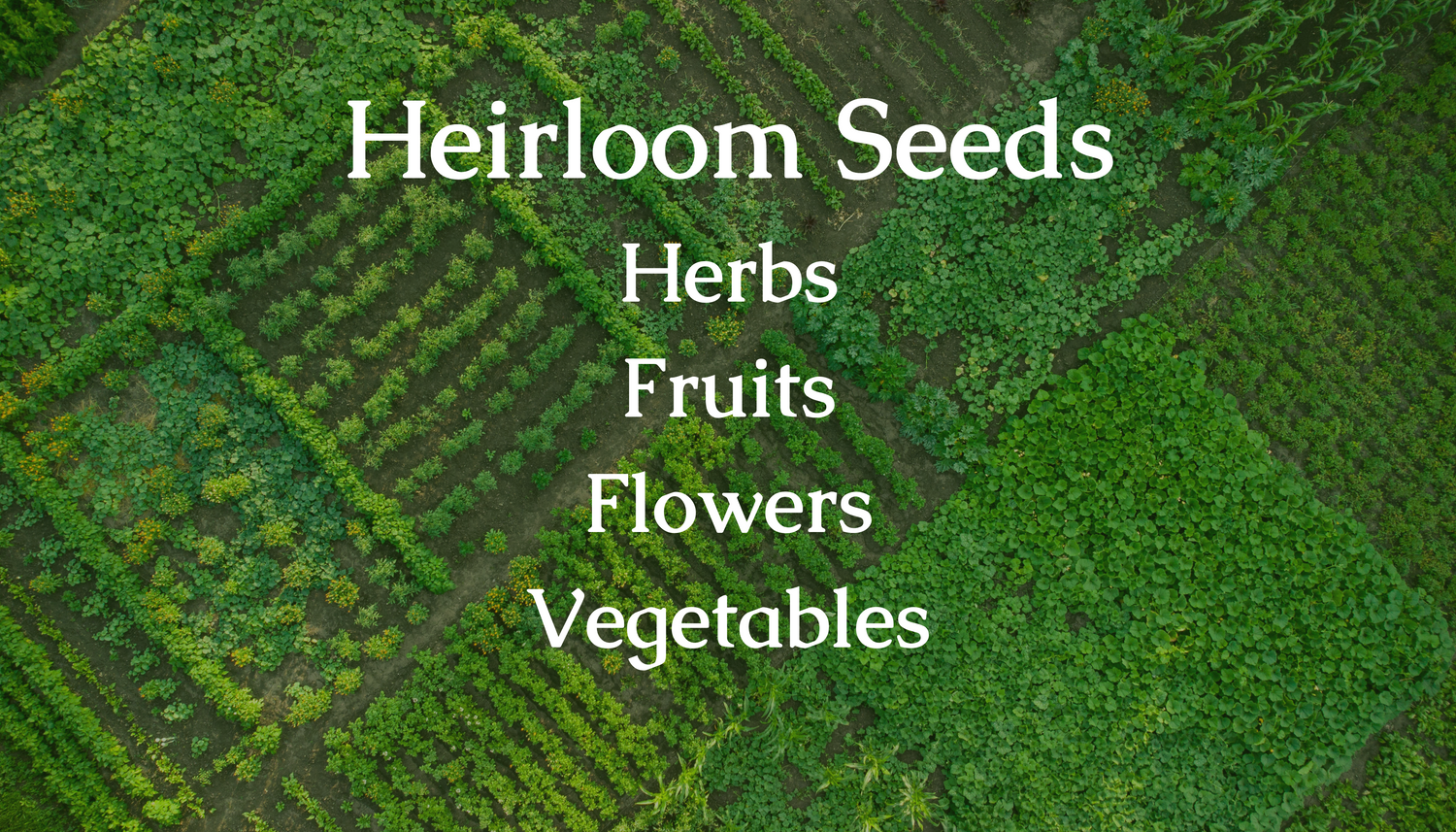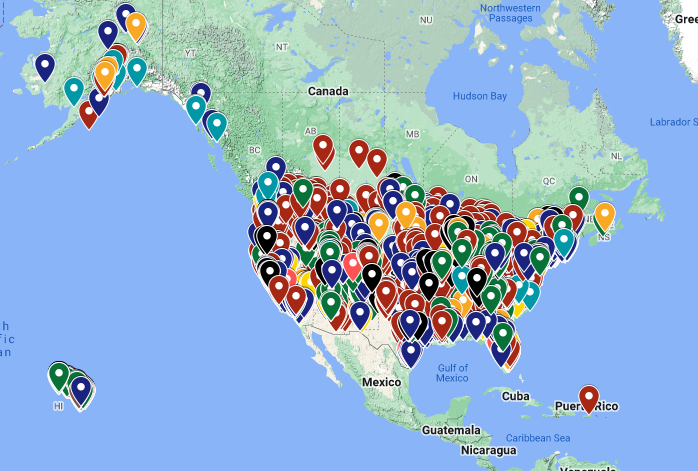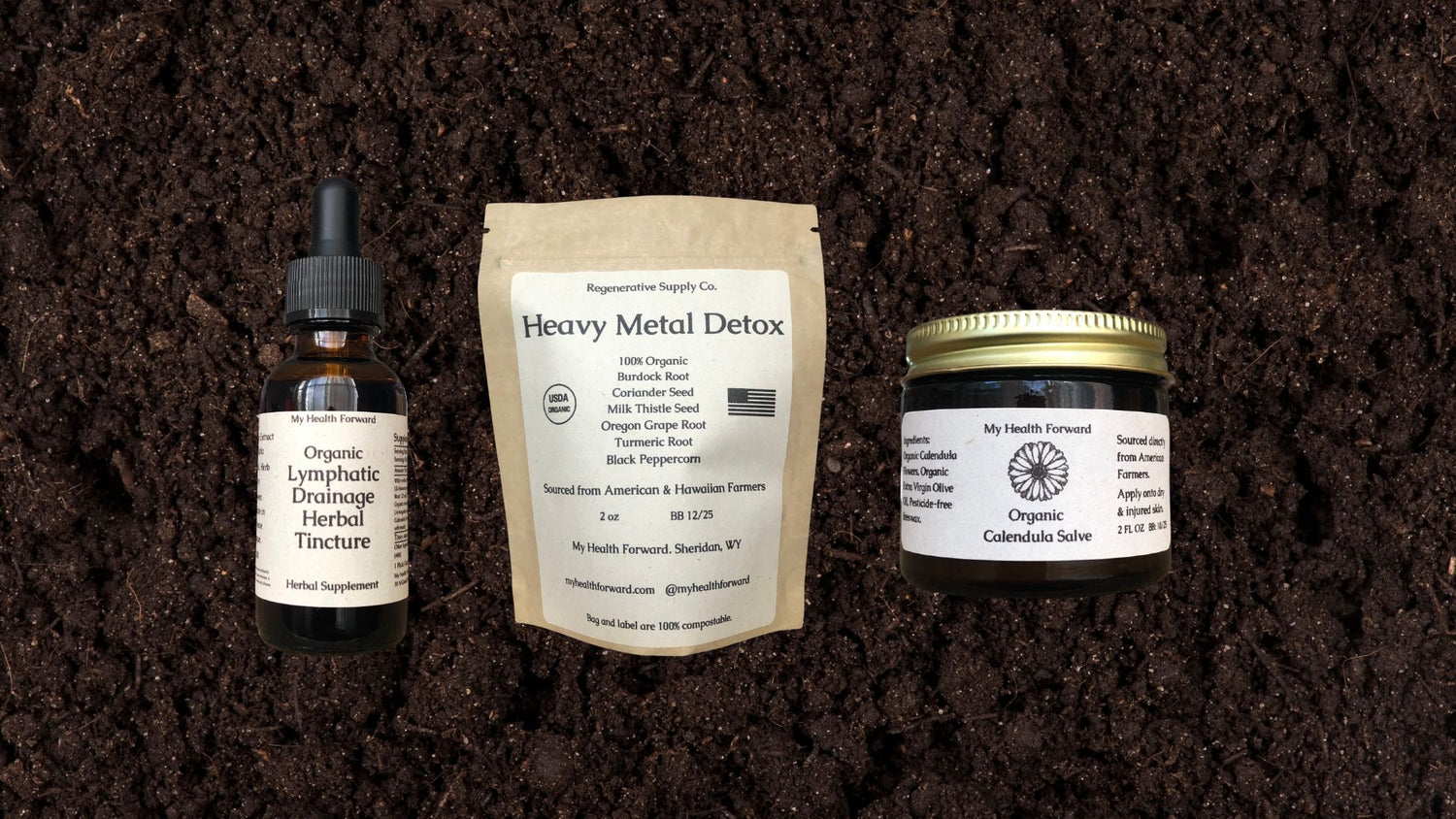Why cook with tallow?
Beef Tallow History
Beef tallow has made a resurgence in the last few years as a cooking fat and base in cosmetics. While this might seem like a new trend, it's far from it. Beef tallow along with butter and lard were the most widely used cooking fats in America close to a century ago. The animal fats fell out of fashion starting with rationing and ammunition production during World War 2. On April 30th of 1941, the US Secretary of Agriculture authorized an inter bureau coordinating committee on fats and oils. America needed fat and oil during the war for the production of explosives and ammunition among other military and industrial uses. The Fats and Oils Branch of the War Food Administration made it a priority to increase domestic oil production from soybeans, flax, peanut, and cotton. In 1942, the US quickly became the world’s leading soybean oil producer and during its peak from 1943-44, production of fats and oil was 27% higher than 5 years before the programs. Total output of fats and oils exceeded a record 11 billion pounds. At the same time, the US started campaigns to ration butter and reward housewives for turning in tins of grease and animal fat to their butcher. At the end of the war, America’s supply chains were designed to mass produce these vegetable oils and our agro-chemical industries needed something to do with it all. Cooking oil was a clear solution.
Only three years after the war ended, Procter and Gamble, which produced Crisco, gave a $1.5 million dollar donation to the American Heart Association. The donation transformed the AHA from a small group into a national organization. The AHA began to recommend that Americans replace lard, tallow, and butter with crisco, margarine, and vegetable oils, which they labeled as being heart healthy. Procter and Gamble simultaneously advertised that consumers should not worry about ingredients but rather should put their trust in a reputable brand. Food companies were not required to list ingredients and P&G marketed Crisco as “strictly vegetable,” “purely vegetable” or “absolutely all vegetable.” Crisco and soybean oil quickly overtook animal fats as the most popular cooking fats in the USA.
What is tallow?
Tallow is made by rendering the high quality hard white fat known as suet that’s surrounding the kidneys and loins of cattle. The resulting tallow, like the new one produced by Kettle & Fire, is solid at room temperature, stable when heated, has a high smoke point, and contains a unique fat profile. Tallow is primarily composed of monounsaturated omega 9 fatty acids like oleic acid and saturated fats like stearic acid.
Why choose Kettle & Fire beef tallow?
A number of popular tallow brands at the grocery store may not actually be purely tallow but rather beef trimmings because they are more yellow, greasy, and liquid. Choosing a tallow from a reputable source that works directly with ranchers grazing their cattle on pastures produces superior quality and taste. When the cattle are 100% grass fed and finished on pastures, there is a higher percent of omega 3 fatty acids and much lower percent of omega 6 fatty acids. The tallow also has a more favorable saturated fat composition. The differences in taste are subtle, but you can tell the difference! You can use my code MYHEALTHFORWARD to try this tallow on their website!



